The use of polymer materials in the textile industry
In the past decades, polymer materials have had many applications in the textile industry. The use of polymers has enabled the production of fibers with various characteristics, such as high thermal resistance, high strength, etc., in this industry.
Polypropylene fibers and granules, polyester fibers, nylon, and acrylic fibers can be mentioned among the synthetic polymers widely used in textile industries.
In the following, we mention the textile industry‘s most widely used grades of polymer materials.
A. Polypropylene in textile
Polypropylene fibers, which are prepared through the polymerization of propylene in the form of a linear polymer, are called PP for short and have many applications in the textile industry. The following are the most commonly used grades of polypropylene in the textile industry.
1. Polypropylene homopolymer HP 552R
HP552R polypropylene is a homopolymer polypropylene with high flow ability, which is used to produce staple, CF, and BCF fibers. HP552R material is used for medium and high-speed spinning melt.
Although polypropylene homopolymer has higher tensile strength and hardness than polypropylene copolymer, its main weakness is its impact resistance. In fact, polypropylene homopolymer is more fragile than polypropylene copolymer.
- Characteristics of polypropylene 552R: Homogeneity, stable extrusion
- Application of 552R materials: Woven fabrics, diapers, medical hygiene applications, and wet wipes are suitable.
2. Polypropylene homopolymer HP 510L
HP 510L polypropylene or 510L material is an extrusion grade homopolymer polypropylene with medium flow ability, which is used to produce belts, monofilaments, films, and sheets. Even though polypropylene homopolymer has higher tensile strength and hardness than polypropylene copolymer, its main weakness is its impact resistance.
Due to its high crystallinity and low impact resistance, polypropylene homopolymer is a very suitable option for textile applications or thin sheets and films. In this application, tensile strength is needed, and weak impact resistance is not an issue.
- Features of polypropylene 510L: Good mechanical properties and flow
- Application of 510L materials: rope, sacks, belts, etc.
3. Polypropylene homopolymer C30S
Polypropylene C30S or C30S material is an extrusion grade homopolymer polypropylene with medium flow ability, which is used to produce belts, monofilaments, films, and sheets. Due to its high crystallinity and low impact resistance, polypropylene homopolymer is a very suitable option for textile applications or thin sheets and films.
In this application, tensile strength is needed more, and weak impact resistance is not essential. Films stretched in two directions, and polypropylene fibers and types of sacks and belts are among the applications of polypropylene homopolymer.
- Characteristic of C30S polypropylene: Grade in contact with food, good flow ability, and good processability
- Application of C30S materials: Film thread, sheet
4. Polypropylene homopolymer Z30S
Z30S polypropylene or Z30S material is a homopolymer polypropylene with high flow ability, which is used to produce staple fibers, CF and BCF. This grade is used for spinning at medium and high speeds. Although polypropylene homopolymer has higher tensile strength and hardness than polypropylene copolymer, its main weakness is its impact resistance.
Due to its high crystallinity and low impact resistance, polypropylene homopolymer is a very suitable option for textile applications or thin sheets and films.
- Characteristic of Z30S polypropylene: Homogeneity, stable extrusion
- Application of Z30S material: Woven fabrics, diapers, medical hygiene applications, and wet wipes are suitable.
5. Polypropylene homopolymer CR380
Polypropylene CR380 is a homopolymer polypropylene mainly used in textiles, especially in producing non-woven fabrics.
- Characteristic of CR380 polypropylene: High melt flow rate with narrow molecular weight distribution
- Application of CR380 material: Suitable for non-woven fabrics for diapers, sanitary, and medical applications, and protective fabrics for agricultural, industrial, and medical applications.
6. Polypropylene homopolymer 1102XK
Polypropylene 1102XK or 1102XK material is a homopolymer polypropylene used to produce belts, industrial fibers, and carpets.
- Characteristics of polypropylene 1102XK: Stable extrusion, high strength
- Application of 1102XK materials: Production of belts and industrial fibers, and carpets
B. Polyethylene terephthalate (PET) in textile
Polyethylene terephthalate (PET) is a polymer that is used in most countries to produce polyester fibers (70 percent), bottle resin (22 percent), film (6 percent), and engineering polyester resins (2 percent). Still, this polymer is mainly used in Iran to make all kinds of drinking bottles.
Considering the high resistance of these bottles against breaking, temperature, and gas penetration, having low weight and low price compared to other packaging materials such as glass and metal, the production of plastic bottles from this material has found wide use.
Below are the most commonly used PET grades used in the textile industry.
1. Polyethylene terephthalate TG645
Material (TG645) (TG640N) is a fiber-grade polyethylene terephthalate produced during the continuous melt polymerization process. This grade is used in the production of filaments and polyester fibers and spun bonds.
The unique physical and chemical properties of PET, such as high mechanical strength, joint strength, transparency, lightweight, safety in terms of toxicity, and impermeability to CO2, have caused it to be widely used in the production of photographic films, beverage bottles, and fibers.
- Features of Pet TG645: High strength
- Application of TG640N: Kinds of filament and polyester fibers and spun bond
2. Polyethylene terephthalate TG641
Polyethylene terephthalate (TG641) (TG640S or TG641 material) is a polyethylene terephthalate grade (PET) fiber that was produced during the continuous melt polymerization process. This grade is used in the production of filaments and polyester fibers and spun bonds.
- Features of Pat TG641: Semi-matte color and strength suitable for the production of all kinds of fibers and yarns
- Application of PET TG641: Kinds of filament and polyester fibers and spun bond
Polymer fibers have found many applications in the textile industry. Polymers have enabled the production of fibers with different characteristics in this industry. The most widely used synthetic fibers in the textile industry are polypropylene fibers, polyester fibers, nylon, and acrylic fibers. In this article, we introduced polypropylene fibers and PET fibers, and finally, we mentioned the most widely used grades of polymer materials in textiles.
Contact our experts at Iran Petroleum for advice on purchasing the polymer you need in various industries, especially the textile industry.

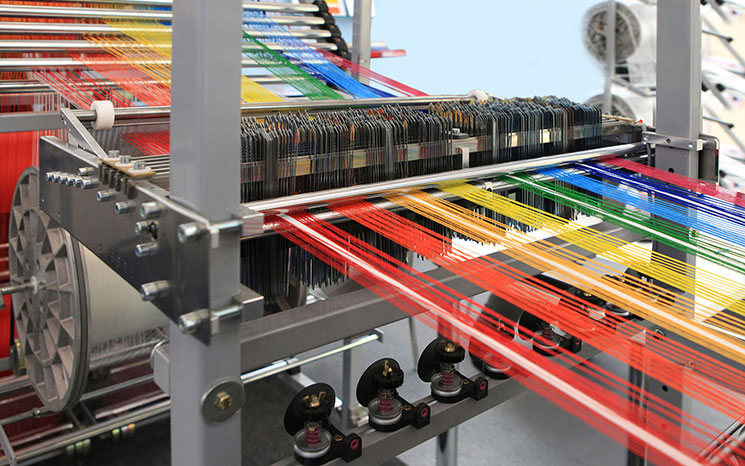
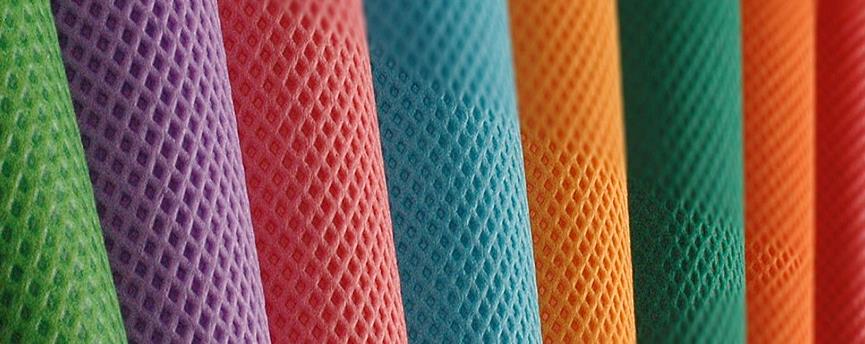
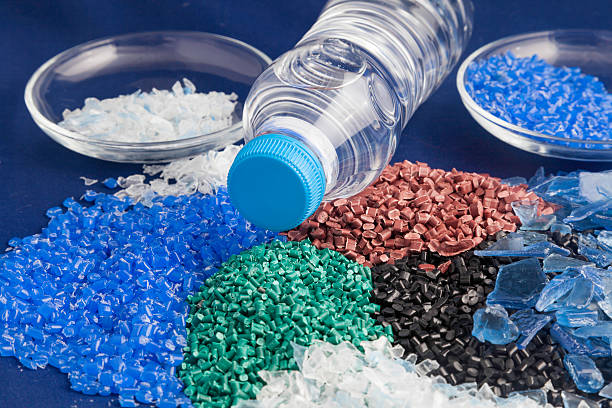
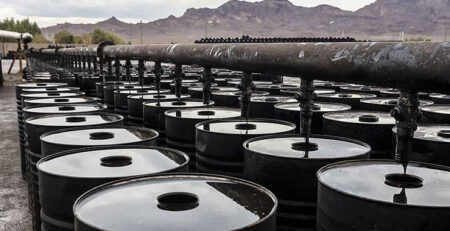
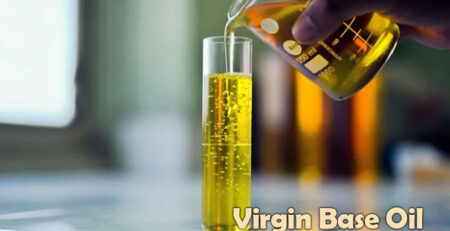
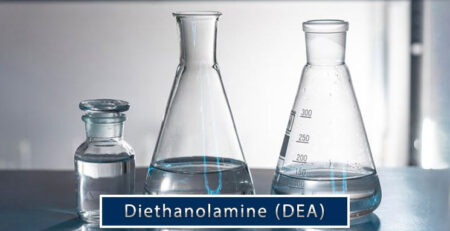
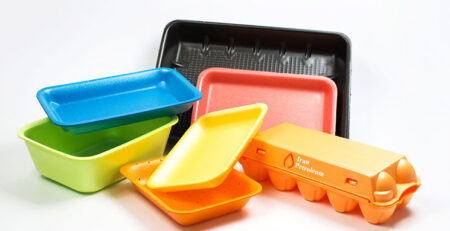
Leave a Reply